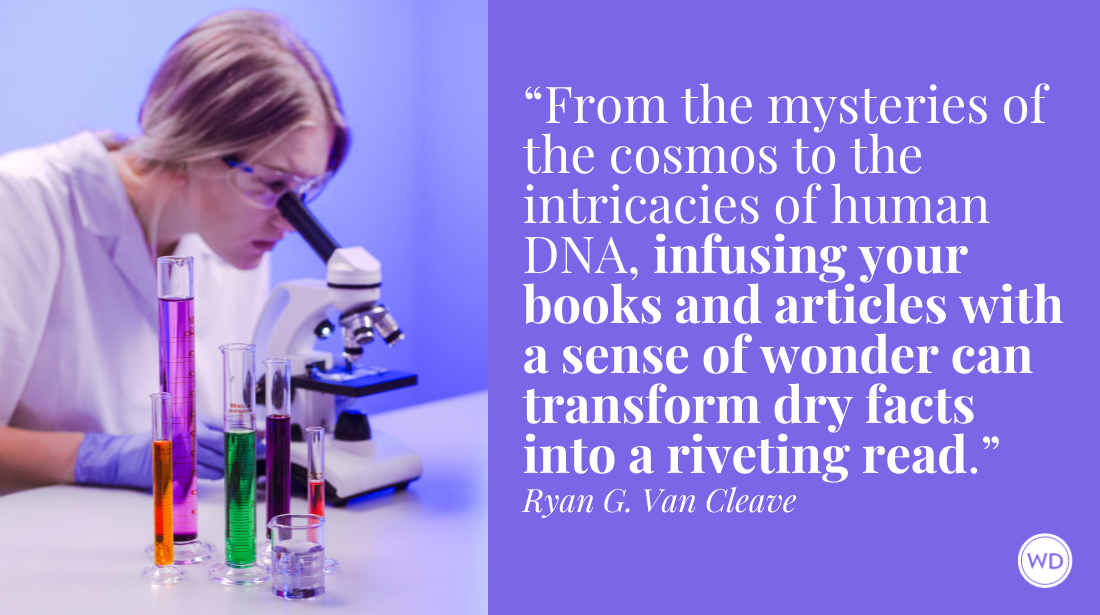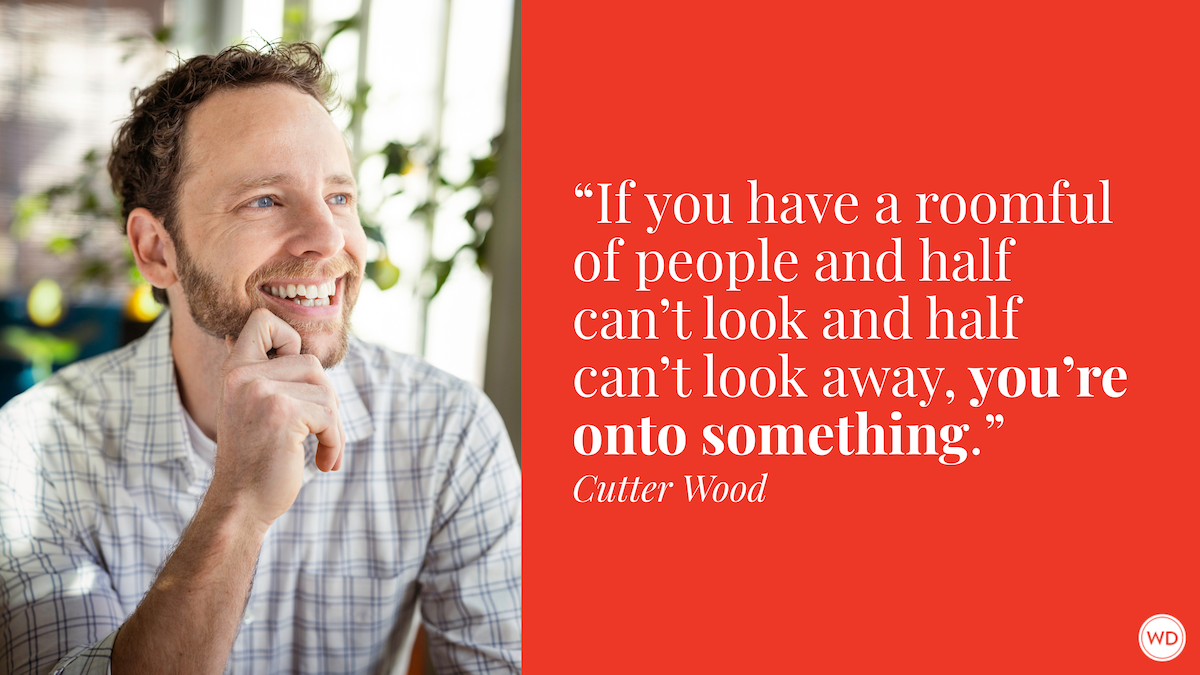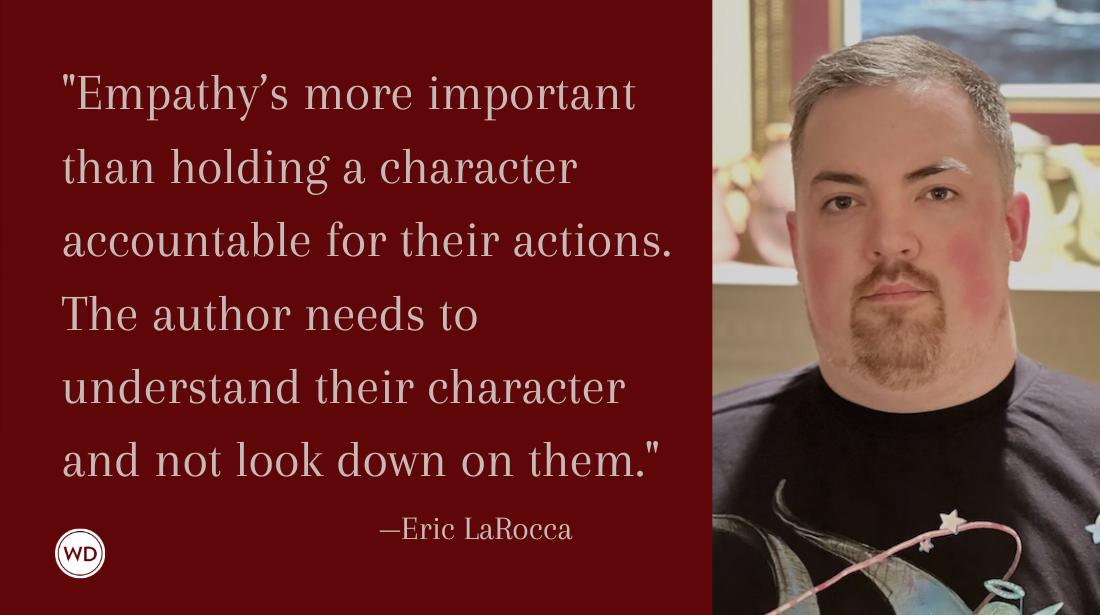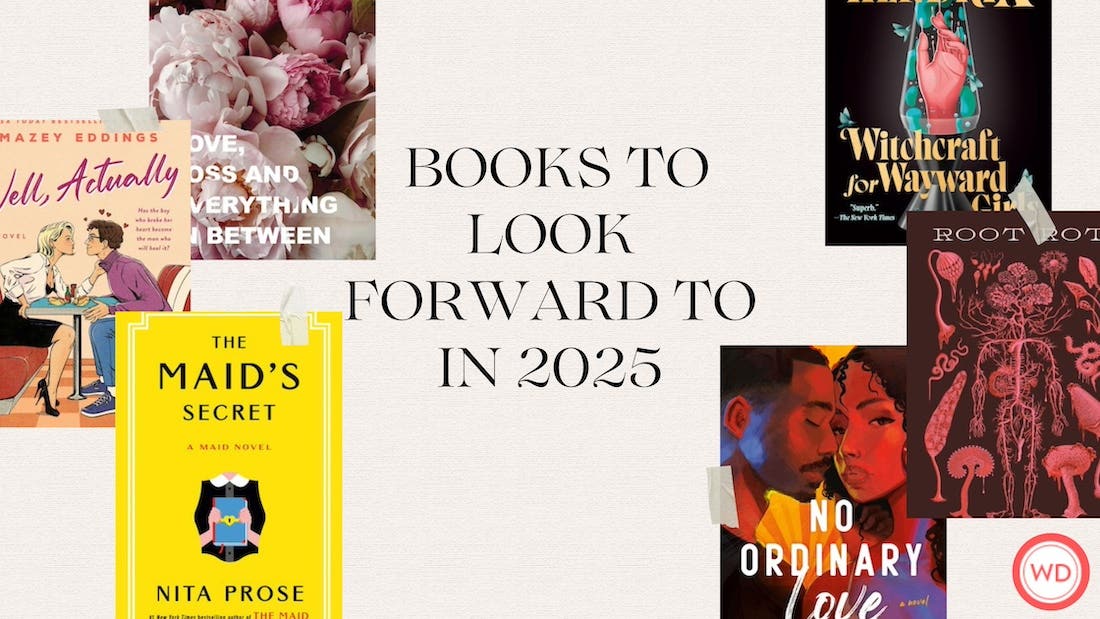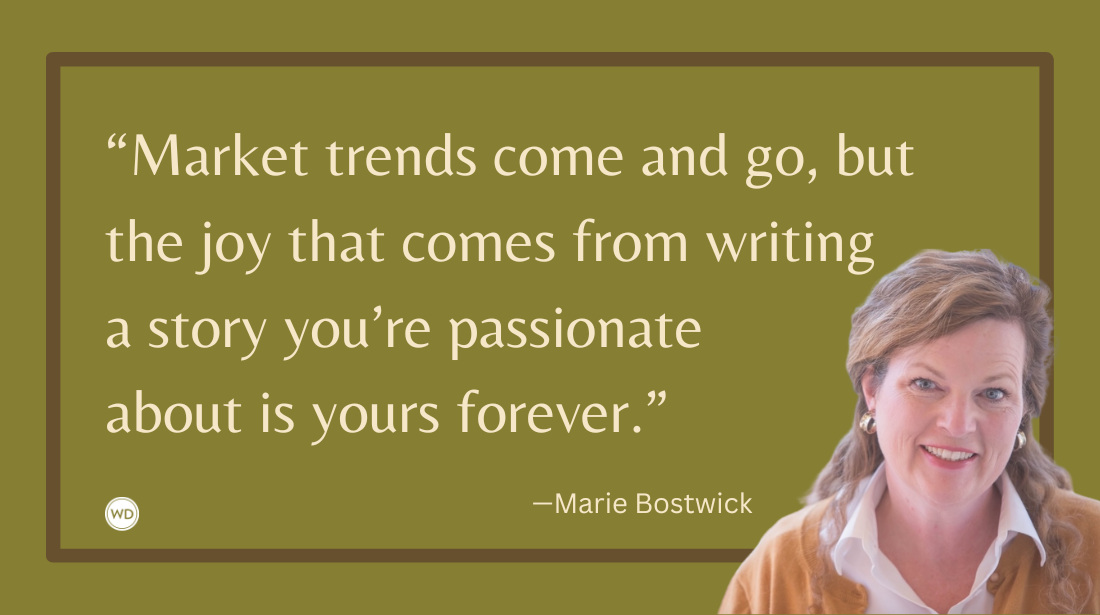Jayne Castle’s 3 Rules of World Building
If you think world building is something only fantasy and science-fiction writers need to master, think again. All stories of all genres require worlds that feel real and authentic. Here, Jayne Castle offers her 3 rules of world building.
Do not be intimidated by the prospect of world building. In my experience there are only three hard and fast rules and, yes, I’m saving them for the end. (No fair peeking.)
World building is not a unique talent required only by writers who craft science fiction, paranormal, and fantasy stories. If you are writing fiction of any kind, you are engaged in world building. The genre is irrelevant. Suspense, mystery, romance, horror, science fiction, fantasy, literary fiction—they all require a specific fictional landscape. No two writers do it the same way. Give a late Victorian mystery plot to 10 different writers and you will get 10 different fictional landscapes and 10 different stories.
Most world building is done intuitively. It’s a natural part of how we tell a story. But it pays to take a step back once in a while and think about the process, because the insight you gain will help you tighten your plot, create imaginative conflicts, and add more twists to your story.
If you are building a contemporary setting, you will infuse the appropriate social norms and customs into your story without a lot of conscious thought because you know those norms and customs, you live with them. You will incorporate that information into your story automatically and—more importantly—you’ll know when you are bending or breaking the internal rules of that world.
Building a historical world requires more awareness of the process, but you absorb the structure of that world when you do your research and when you read fiction or watch films set against that backdrop. You know that you can tinker with the various elements only so much before you slide into another genre such as paranormal, time travel, magical realism, fantasy, etc.
IndieBound | Bookshop | Amazon
[WD uses affiliate links.]
Building a futuristic/paranormal/fantasy setting is exciting because you get to invent the rules of the world from scratch. Your job as the writer is to make an unreal fictional landscape feel real to the reader—and to you.
Constructing such a landscape from the ground up has a light side and a dark side. Sure, you get to make up your own rules—but sooner or later you will find yourself trapped by those rules. If you are considering such a project, I suggest you approach it with a view toward minimizing the most rigid structural elements. Try to keep your options open. Trust me, I speak from experience.
That said, you need enough structure and detail to make your world feel real. In my experience, there are four elements to consider before you sit down to write chapter one.
History
You need to provide an explanation for the existence of your world. In the case of my futuristic romantic suspense series set on Harmony, I went with a bunch of colonists who were stranded on the planet with no prospect of going back to Earth. I also made it clear that the humans were not the first beings to settle on Harmony. An ancient, long-vanished civilization left behind a lot of dangerous ruins. You don’t need all the details, not at first. You can add those as the series develops.
Legal and Social Norms
Set up a few basic laws and customs that govern the core institutions of your world, such as marriage, family, government, society, etc. Who are the bad guys? Who is in charge of policing your world?
Again, don’t lock yourself in at the start, but keep in mind that you will need enough structure to ensure that your characters come into conflict with the accepted customs and laws of your world. On Harmony, for example, it is understood that everyone gets married. Just to complicate things, there are two forms of marriage: The tacky Marriage of Convenience (a licensed version of an affair) and the very strict Covenant Marriage (almost impossible to undo). Plenty of room for scandal! Angst! Inheritance issues! Family drama!
Geography
In the Harmony series I made sure I started with a world that was still largely unmapped. That meant I didn’t have to invent every aspect of it before I wrote the first book. Whew! Plenty of room for discovery. In hindsight that was definitely one of my better decisions. Guild Boss, the latest title, is set in Illusion Town—think Las Vegas on Harmony but way weirder. Illusion Town didn’t even exist back at the start of the series but when I needed it, I had room to create it.
Technology
It’s incredibly useful to invent a power source for your world. This can be anything from steam to magic. In contemporary and historical settings, readers come to the story with at least a vague notion of how things work and what the limits of the technology of the era are. But in a paranormal or futuristic landscape you will have to invent the tech. On Harmony, I settled on resonating amber and quartz as conductors of paranormal energy. They are at the heart of the technology in that world. The humans have psychic talents but there are severe limits on those abilities.
Jayne Castle's 3 Rules of World Building
RULE # 1: Yes, your imagination is the limit when it comes to creating a fictional landscape, but always keep the emotions real. On Harmony, there are risks, dangers, and eerie discoveries galore, but the serious trouble—and the drama—is created by the characters.
RULE # 2: You can set up your own rules for your world, but don’t violate them. Maintain internal consistency.
RULE # 3: When in doubt, add an animal. But be warned, animals will take control. Me? I went with dust bunnies. They are cuddly little critters—until they are not. They were just add-on attractions back at the start. All I can say is that they seemed like a good idea at the time. Now they have starring roles. Just ask readers. Got a feeling my epitaph will read: “Here lies what’s-her-name. She wrote the dust bunny books.”
Jayne Castle, the author of Illusion Town, is a pseudonym for Jayne Ann Krentz, the author of more than 50 New York Times bestsellers. She writes contemporary romantic suspense novels under the Krentz name, as well as historical novels under the pseudonym Amanda Quick. Jayne resides in Seattle, Washington. Learn more online at jayneannkrentz.com and Facebook.



